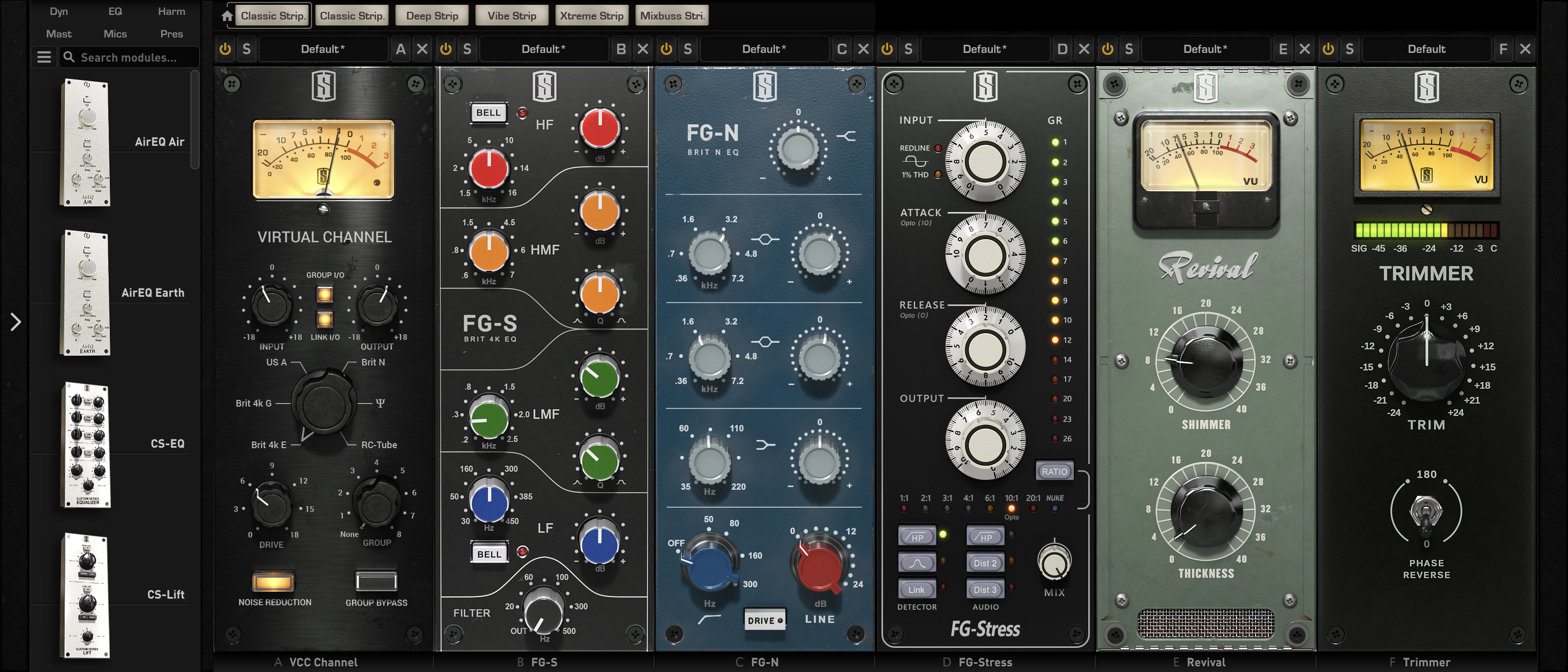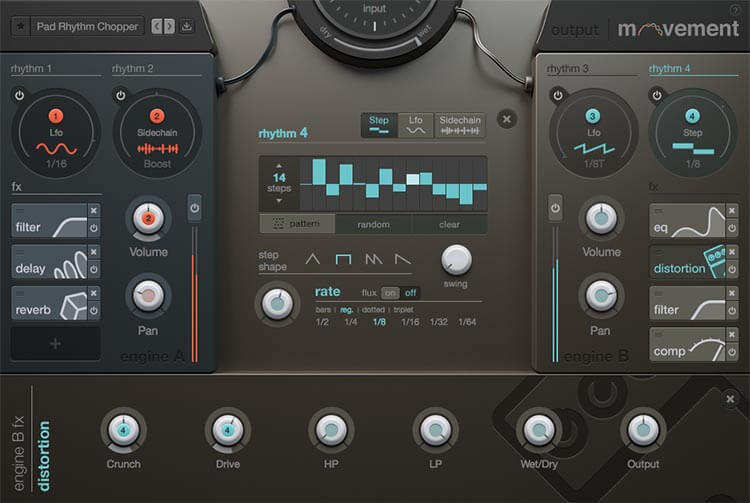

(Sidechain compression is a more advanced topic and requires working knowledge of how a compressor works, so beginners should consider checking out my guide on How to Use a Compressor Plugin before diving into this one. Today we’re going to learn how to use sidechain compression, what it is, and hear an example of sidechain compression in use. A favorite method of many producers is sidechain compression. There are many common methods used to combat this problem, from volume automation to precision EQ. One of the biggest complaints I hear from home studio enthusiasts about the mixing and mastering process is difficulty getting their vocals or melody instruments to “sit in the mix” and not be drowned out by drums, bass, or other rhythm instruments.




 0 kommentar(er)
0 kommentar(er)
